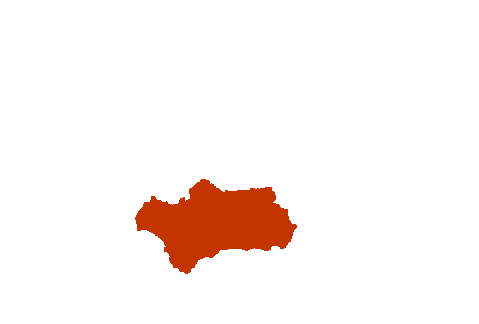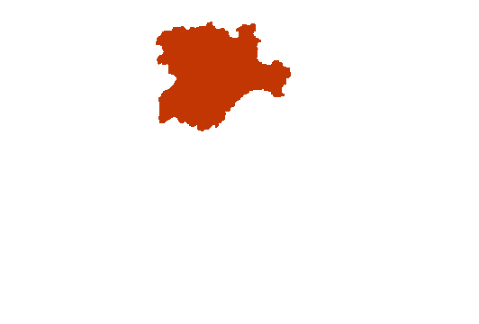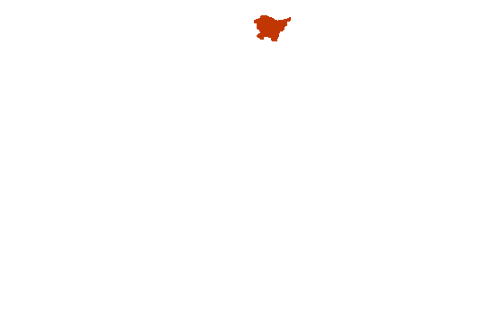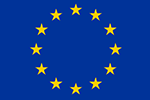Industrial design protection
Content
What is an industrial design?
An industrial design grants its holder an exclusive right (to use it and to prohibit its use by third parties without the holder’s consent) over the appearance of the whole or part of a product resulting from the features of, in particular, the lines, contours, colours, shape, texture or materials of the product itself or its ornamentation. Designs can be two-dimensional or three-dimensional.
What can be protected with an industrial design?
A design protects the aesthetic appearance of a product: the lines that define it, its outline, shape, colours, texture or materials, or its ornamentation.
An industrial design application can include up to 50 different designs for the same product, as long as they are included in the same Locarno classification (except for two-dimensional features).
For each design it is possible to provide up to seven different views: a view of the product together with its main view, rear view, upper plan view, lower plan view, left side view and right side view.
Protected products must comply with a design classification known as the Locarno Classification,![]() which sets out 32 different product classes. Designs can only be protected in a single class corresponding to the developed product.
which sets out 32 different product classes. Designs can only be protected in a single class corresponding to the developed product.
Requirements for registration
Requirements
The two requirements that must be met in order to register a design in Spain are the following:
- It must be new. A design is deemed to be new if no other identical design has been made public before the date on which the application for registration is submitted. Designs differing only in immaterial details will be considered identical.
- It has an individual character. A design is considered to be unique in nature when the impression it produces on an informed user differs from the overall impression produced on such a user by any other design that has been made available to the public before the filing date of the application for registration or, if a priority is claimed, before the priority date.
Exclusions
The following, inter alia, are excluded from being registered as industrial designs:
- Those that only fulfil one technical function;
- Official symbols or emblems (such as the Spanish national flag);
- Those that are contrary to public policy.
How much does it cost and how can it be registered?
Cost
The cost of an industrial design depends on the number of designs included in the application: the more designs are requested, the more expensive it is.
In Spain, the official design application fee is around EUR 80. You can check the fees, which are reviewed every year, on the Spanish Patents and Trade Marks Office![]() (SPTO) website.
(SPTO) website.
Registration
At least one image of the design that shows it clearly must be provided for registration.
The application can be submitted:
- In person at the Spanish Patents and Trade Mark Office
 , at the regional industrial property information centres
, at the regional industrial property information centres or at post offices;
or at post offices; - On the website
 , with a 15 % discount.
, with a 15 % discount.
Before submitting the industrial design application, you should search for possible earlier registrations in the free databases![]() , to find out whether other designs that are the same or very similar already exist.
, to find out whether other designs that are the same or very similar already exist.
Duration of protection
The protection bestowed by the industrial designs lasts for 5 years from the date the application for registration was submitted and may be renewed for one or more successive 5-year periods up to a maximum of 25 years from that date.
Once the industrial design has been awarded it must be renewed every 5 years, with payment of the corresponding fee.
Where it is valid
The validity of a Spanish design is limited to the national territory.
Protection can be extended internationally in the 6 months following the application submission date, in two ways.
- EU design
 . Also called European Union Designs, being protection in the 27 Member States of the European Union.
. Also called European Union Designs, being protection in the 27 Member States of the European Union. - International design
 . This provides protection in up to 79 Member States of the Hague Agreement.
. This provides protection in up to 79 Member States of the Hague Agreement.
The result of the design can be regarded as an intellectual work, so that the rights inherent in the design can be combined with those generated by its status as an intellectual work.
Lastly, there is an unregistered design, whereby it is possible to protect a design for 3 years once it has been made accessible to the public, without the need for registration. However, this is a lower level of protection, as it only protects the holder against identical copies of their design.
Information for each Autonomous Community








Andalucía Aragón Asturias, Principado de Balears, Illes Canarias Cantabria Castilla y León Castilla-La Mancha Cataluña Ciudad de Ceuta Ciudad de Melilla Comunitat Valenciana Extremadura Galicia Madrid, Comunidad de Murcia, Región de Navarra, Comunidad Foral de País Vasco Rioja, La
Legal and/or technical references
-
Standards relating to industrial designs.

-
Fees for industrial designs.

-
Information leaflets: Leaflets about industrial designs.

-
Information leaflet: Solicitud Electrónica de Diseños Industriales [‘Electronic application for industrial designs’]

-
Industrial Design Applicant’s Handbook

-
Information leaflet: Why apply for an industrial design in Spain?

-
Information leaflet: What is an industrial design?

-
Information leaflet: Lo Atractivo está en la Forma [‘Looking good’]

-
Manual del Solicitante de diseños industriales (Industrial Design Applicant’s Handbook)

-
FAQs

-
Directrices de examen de Diseños Industriales [‘Industrial design review guidelines’].











